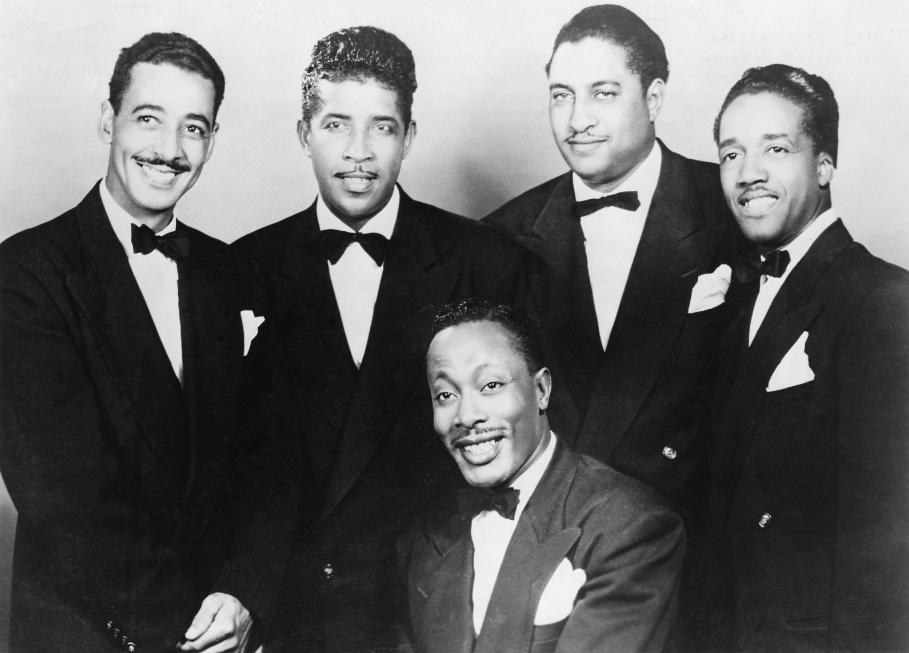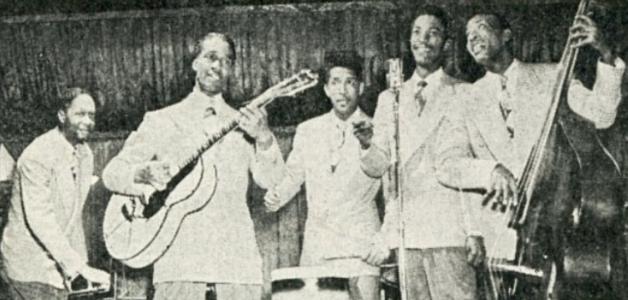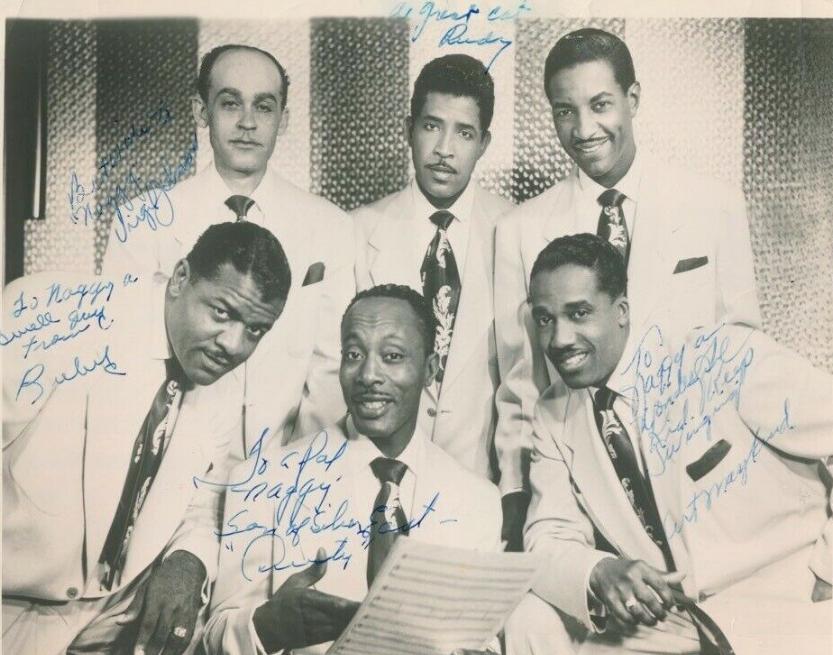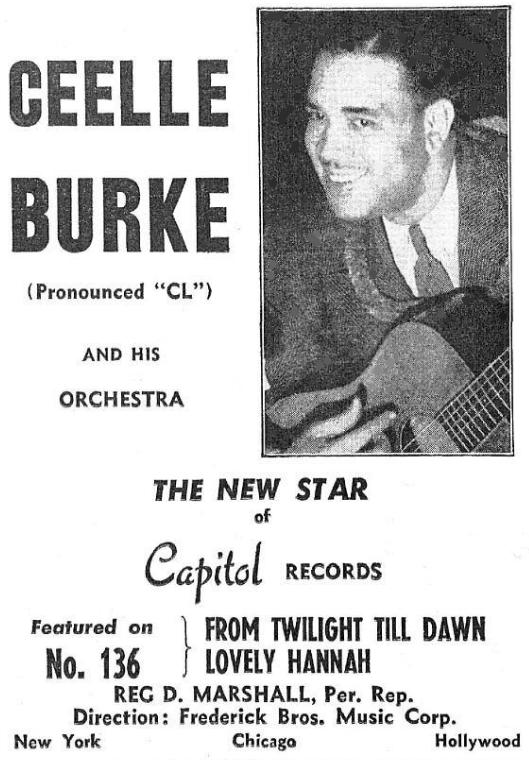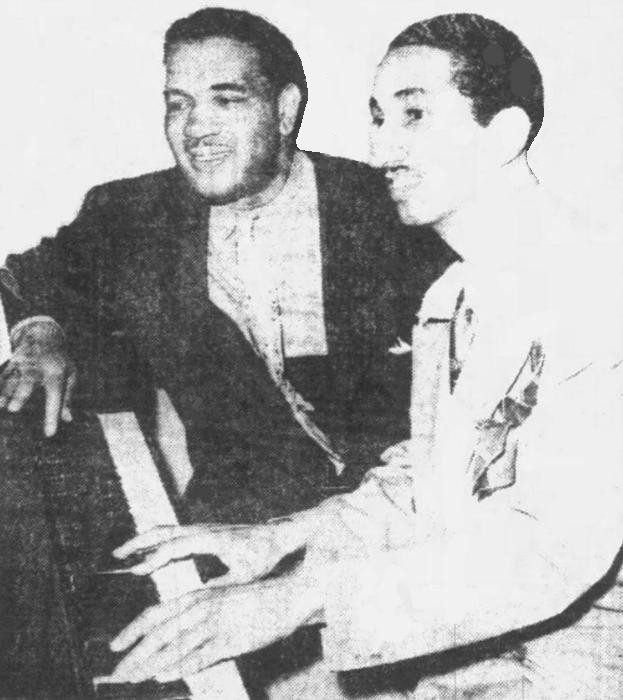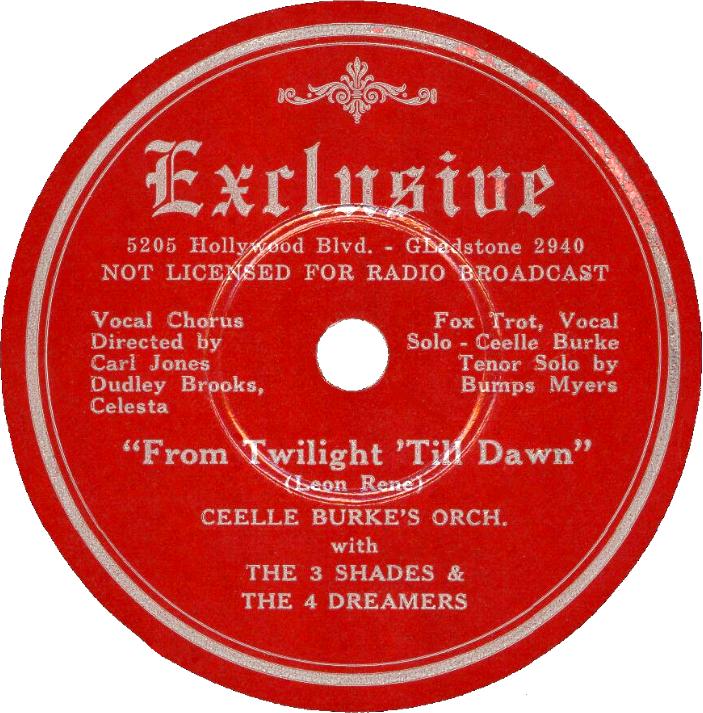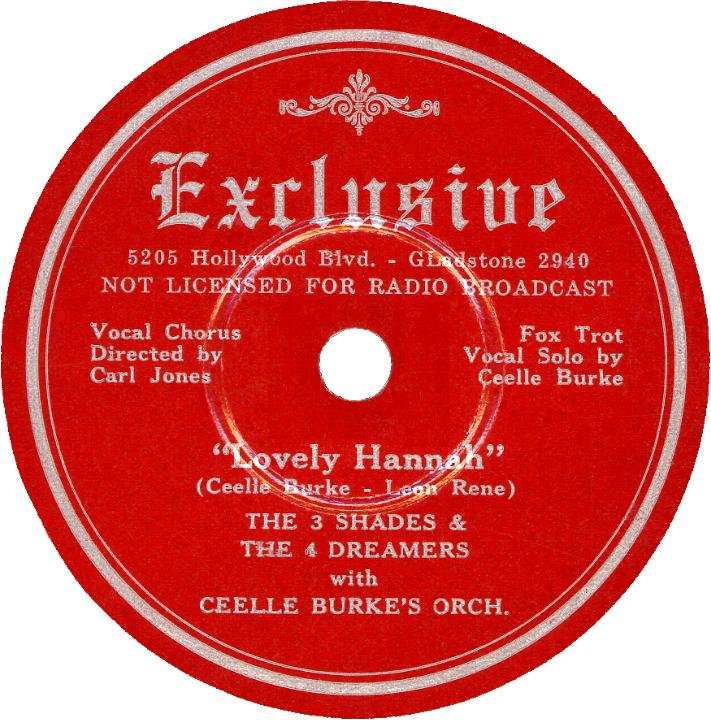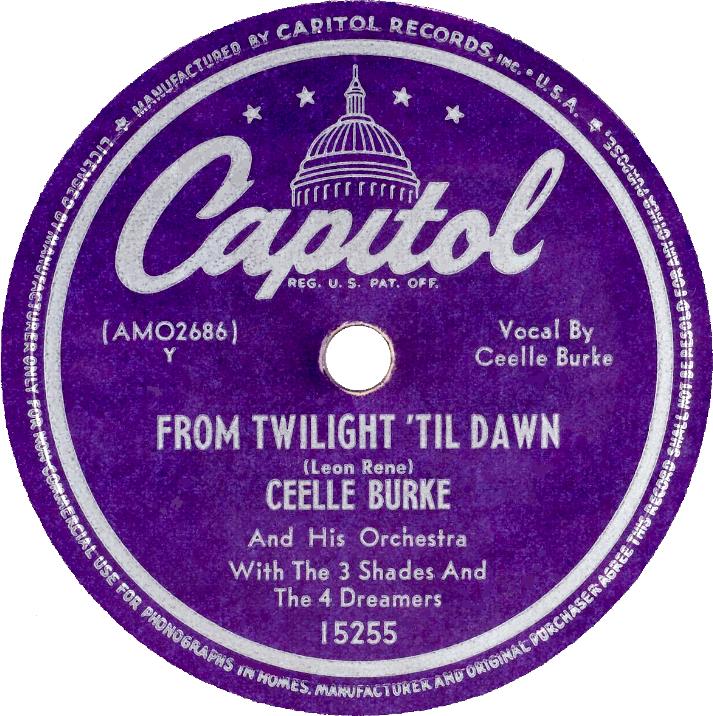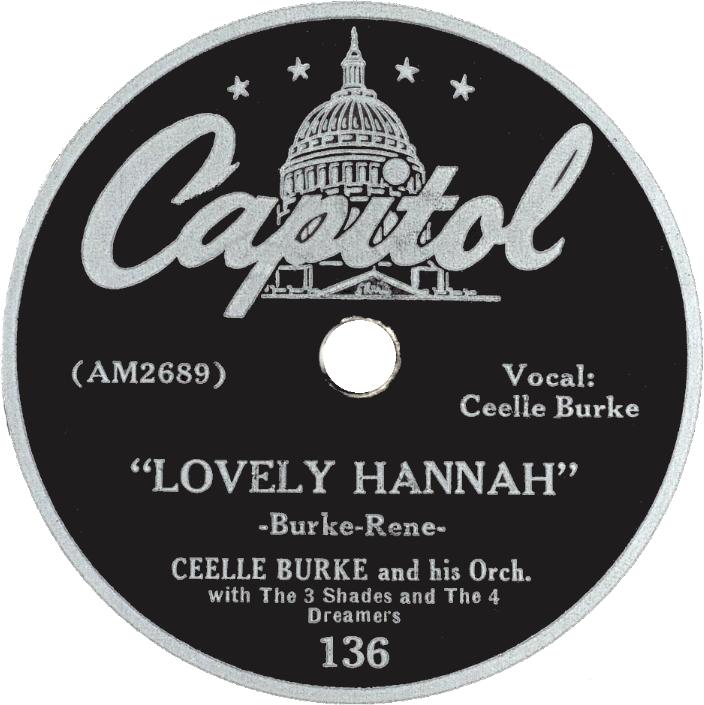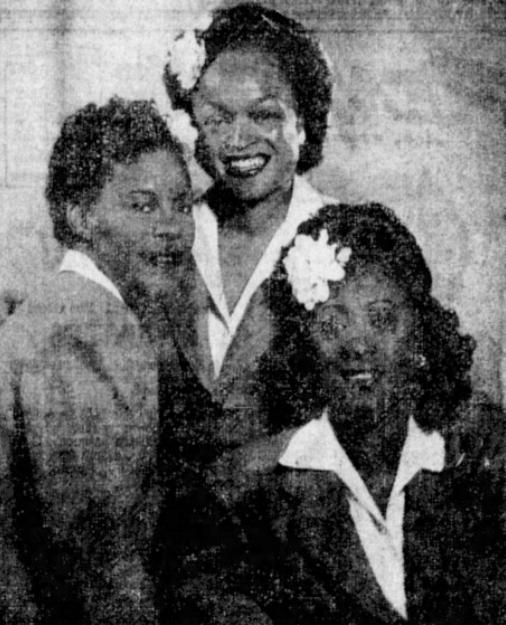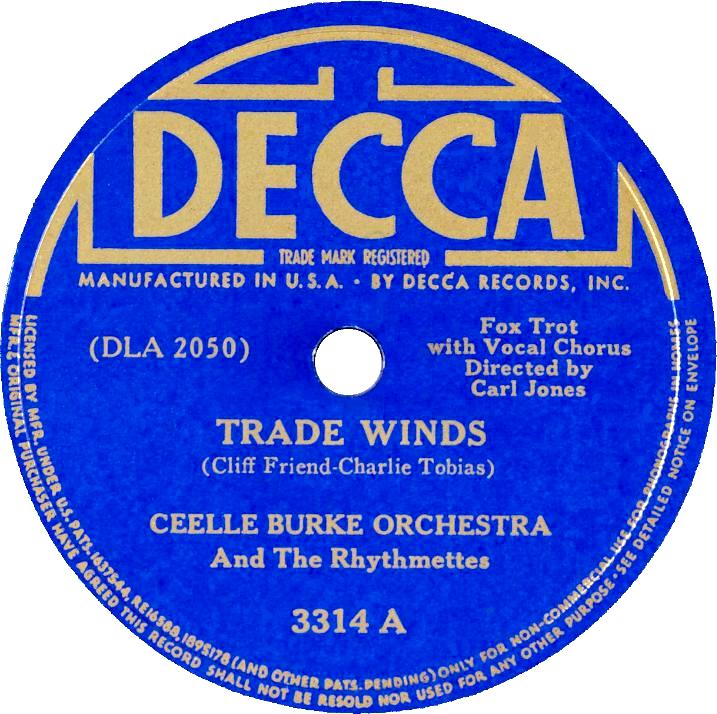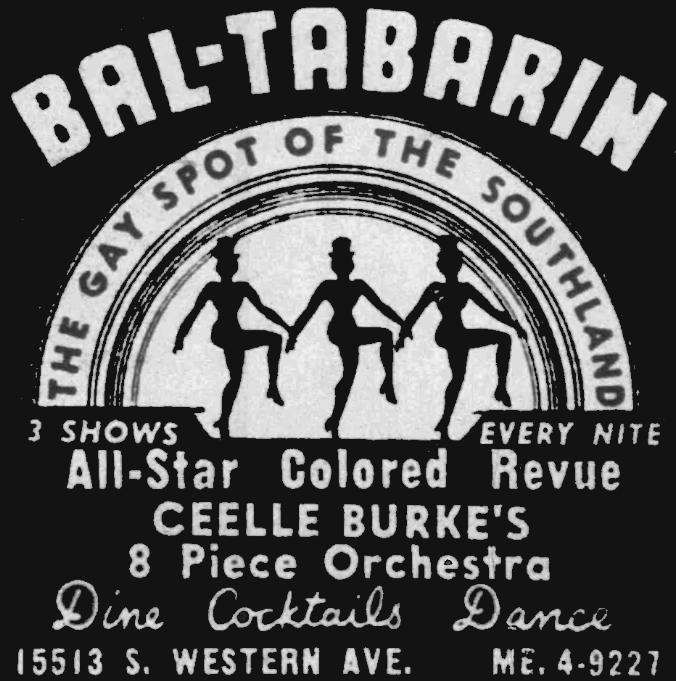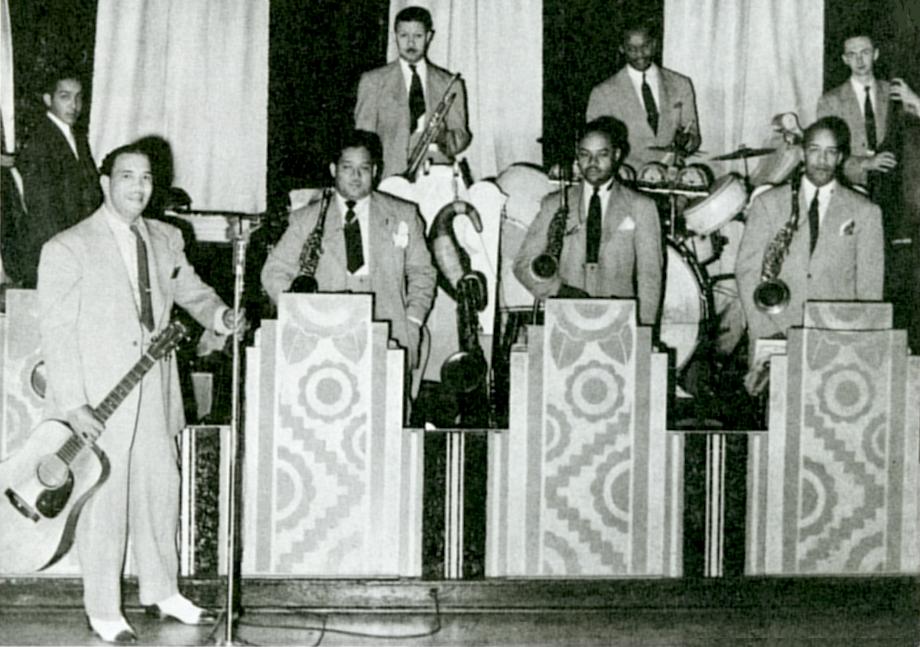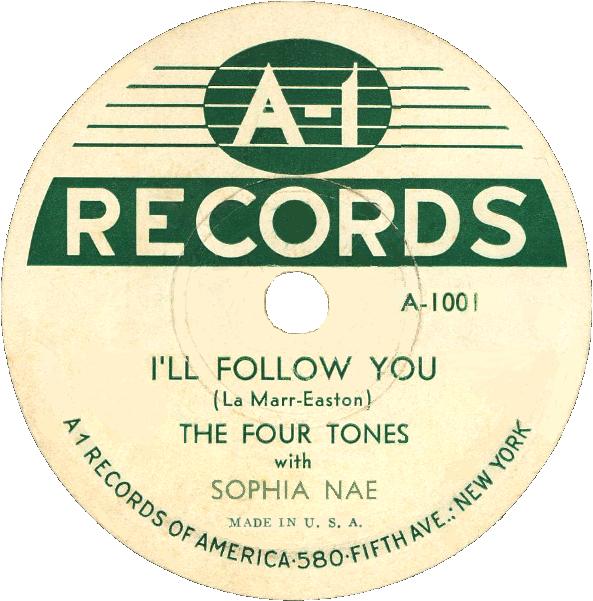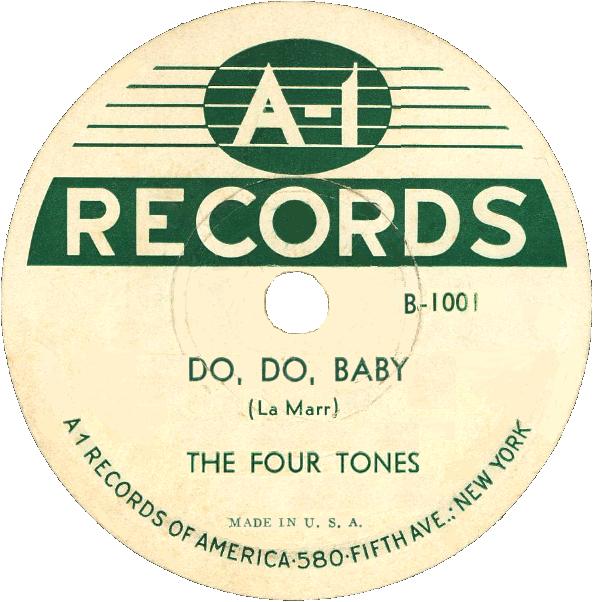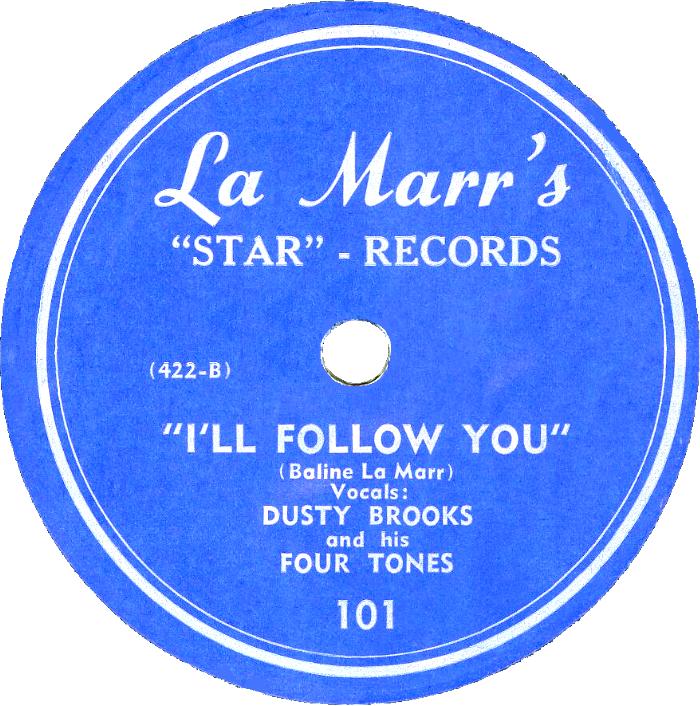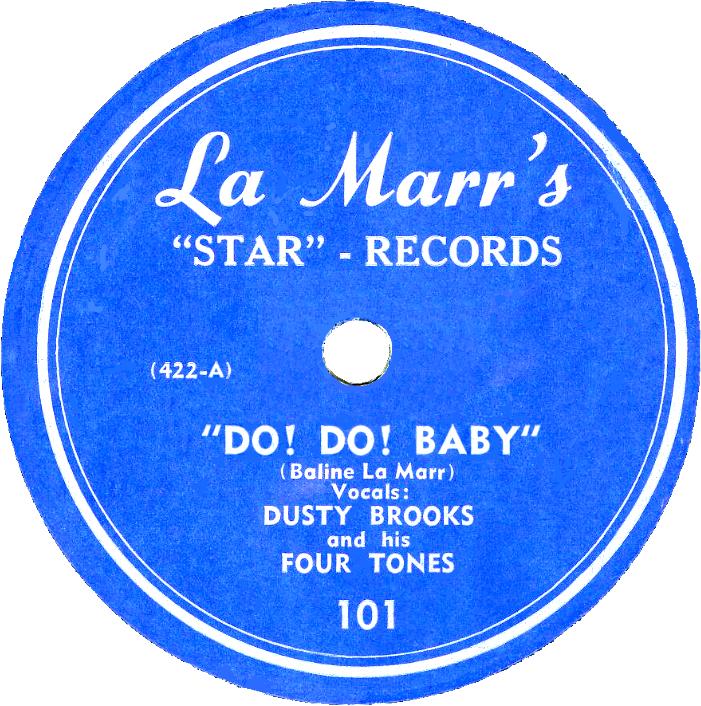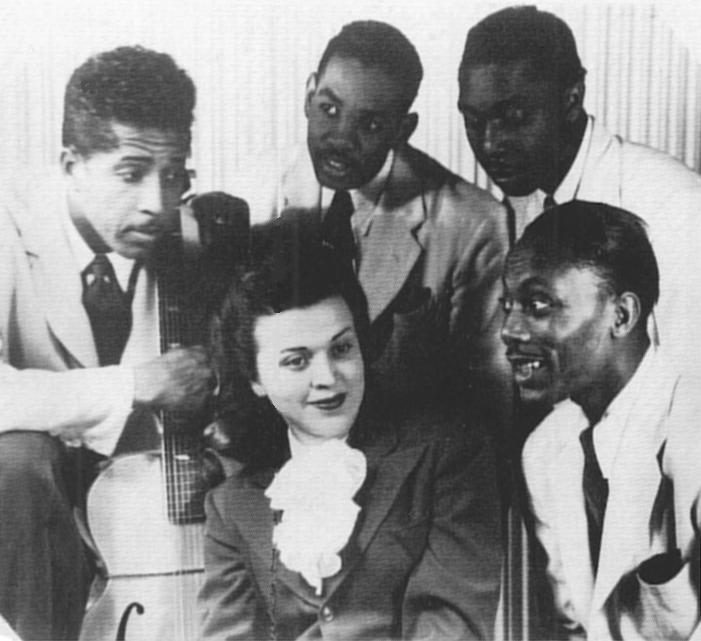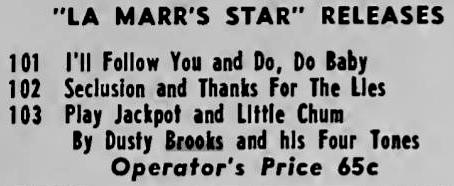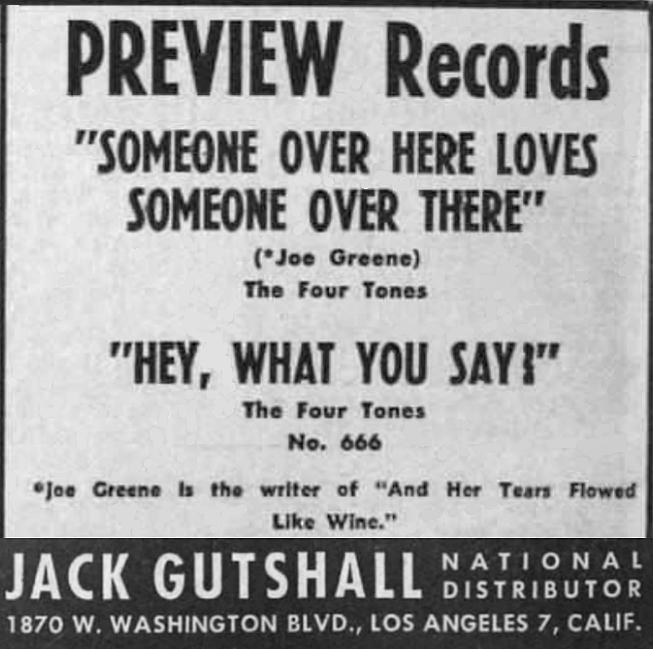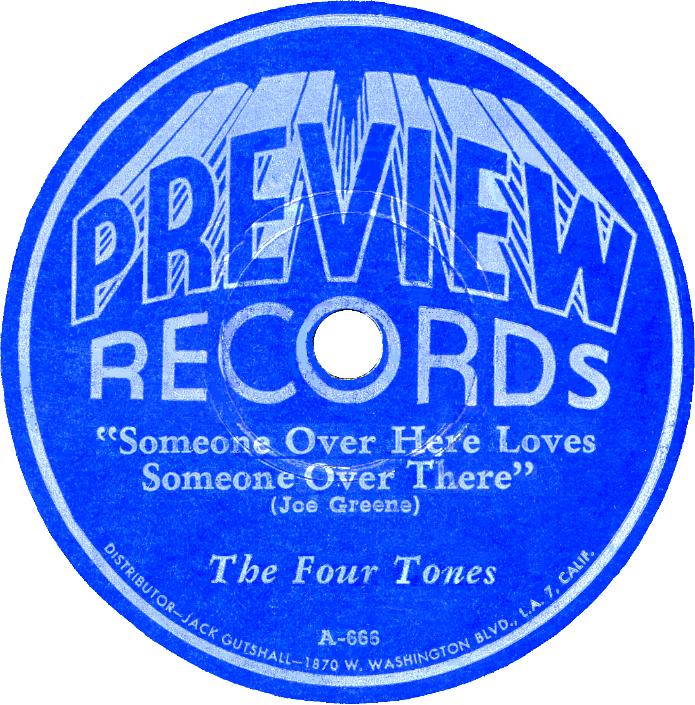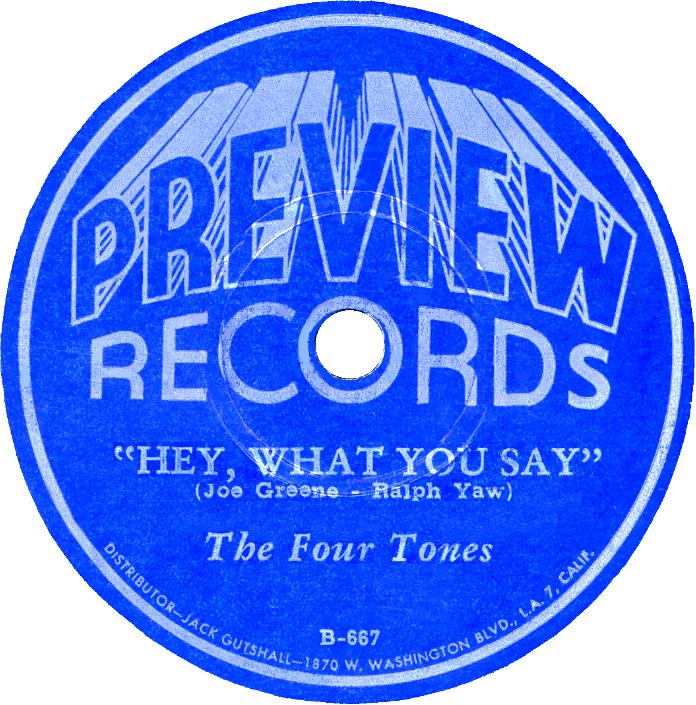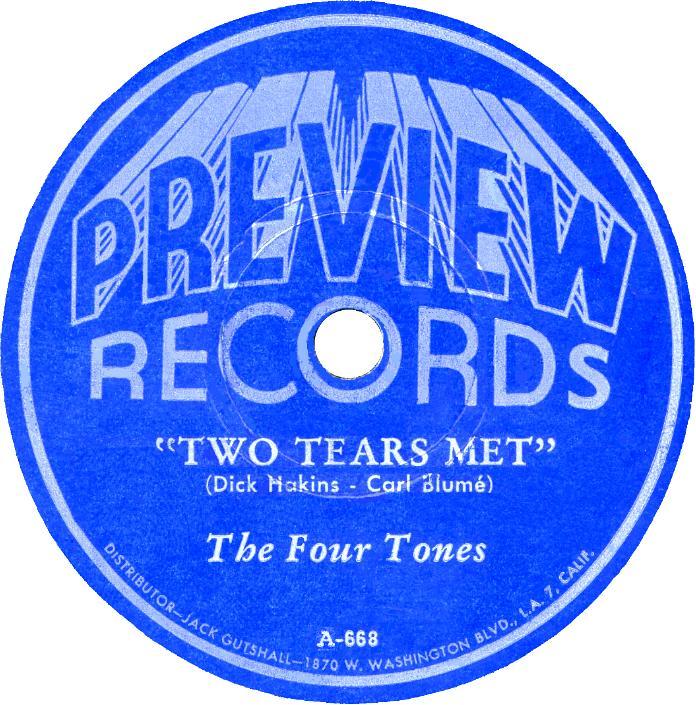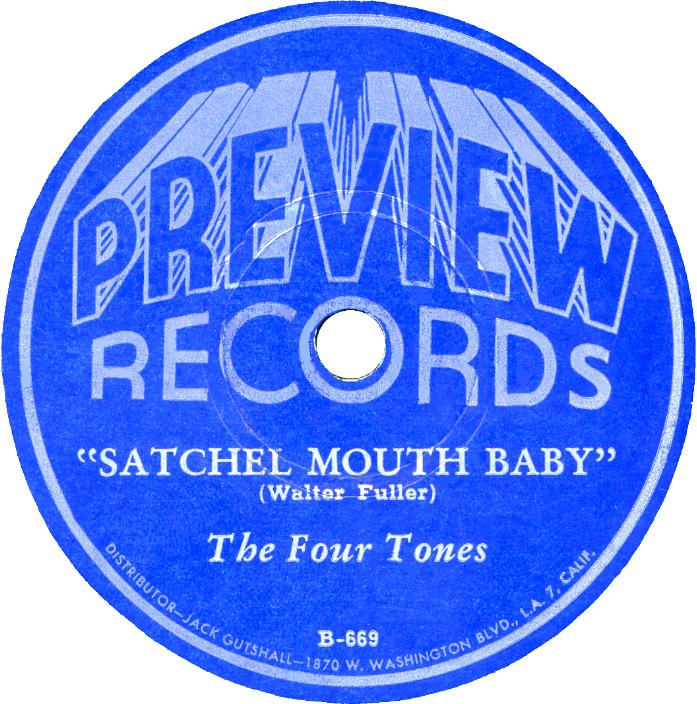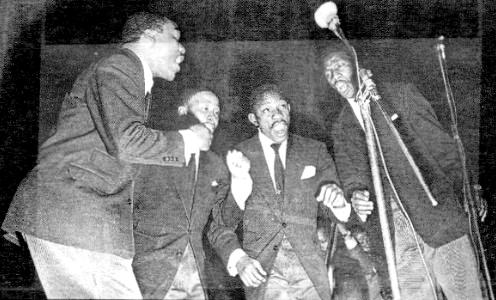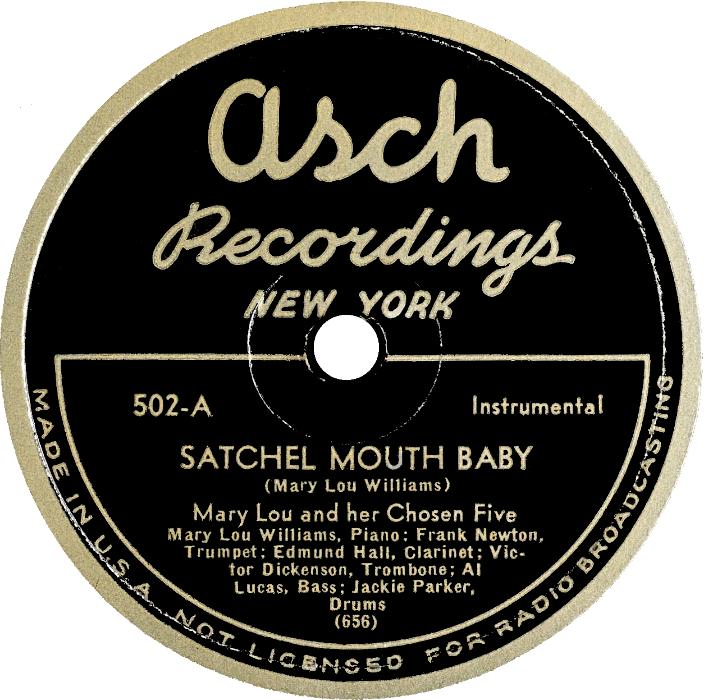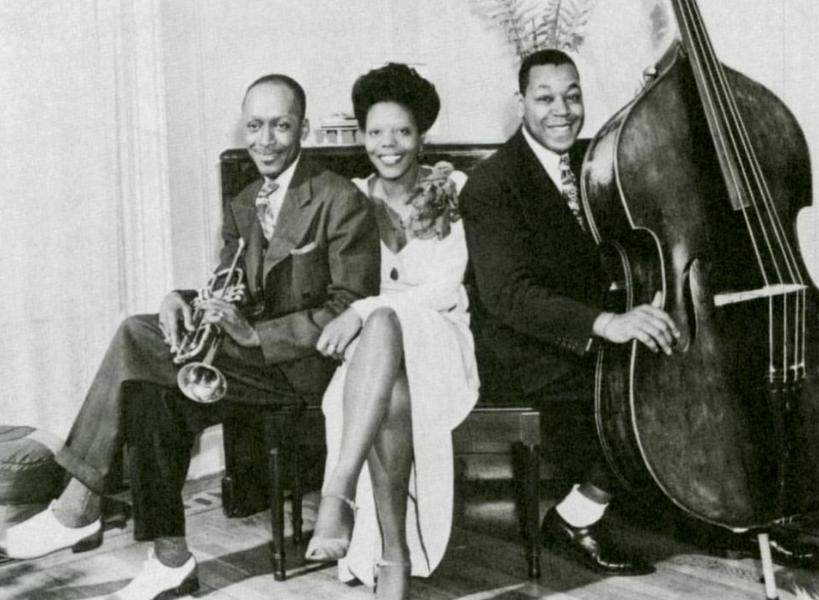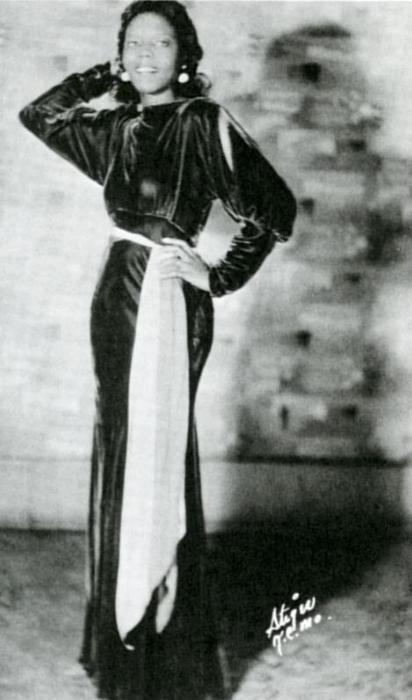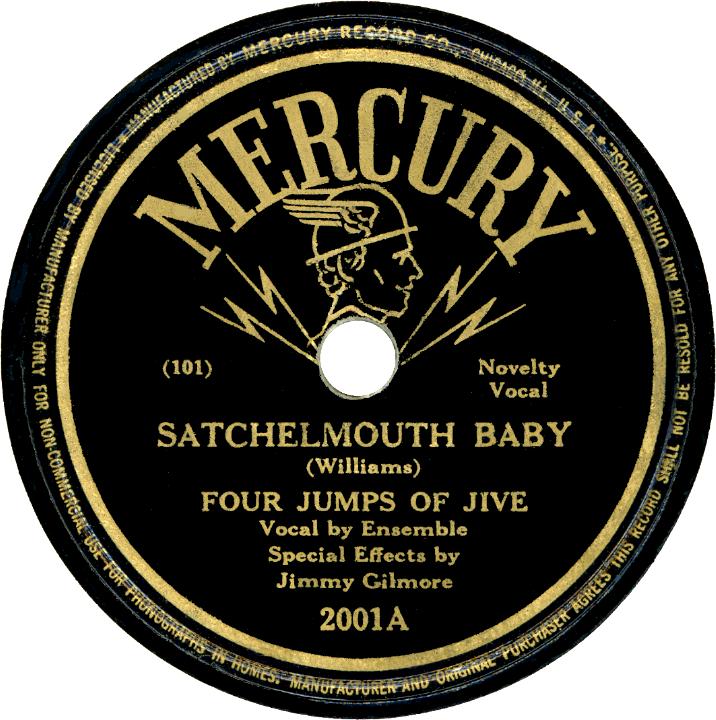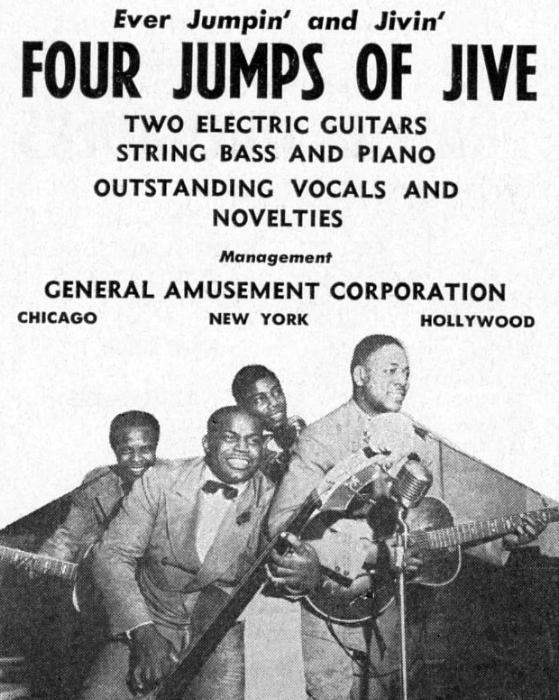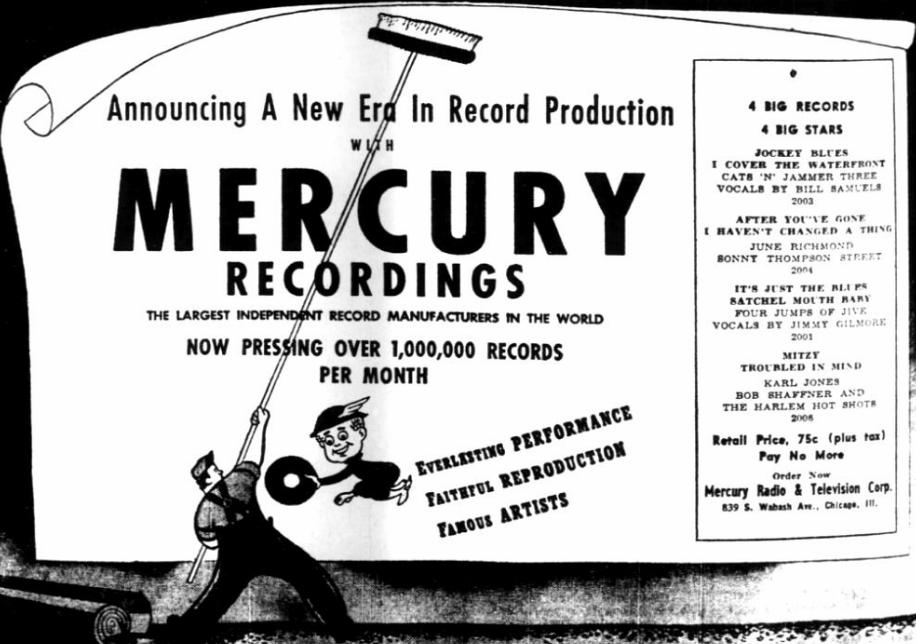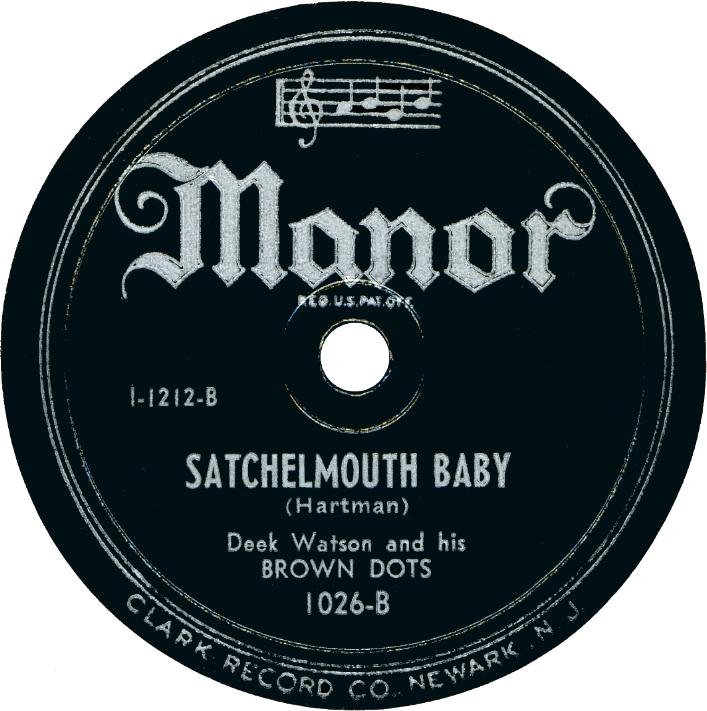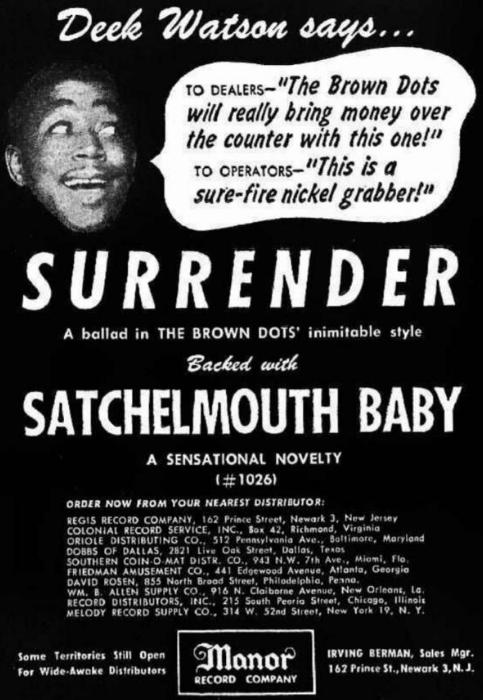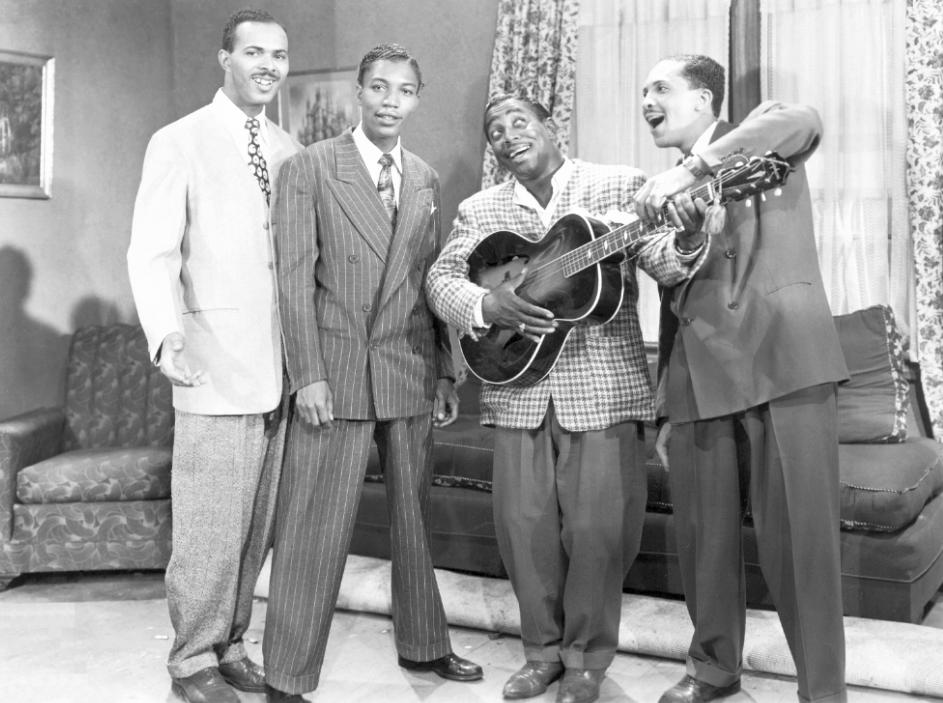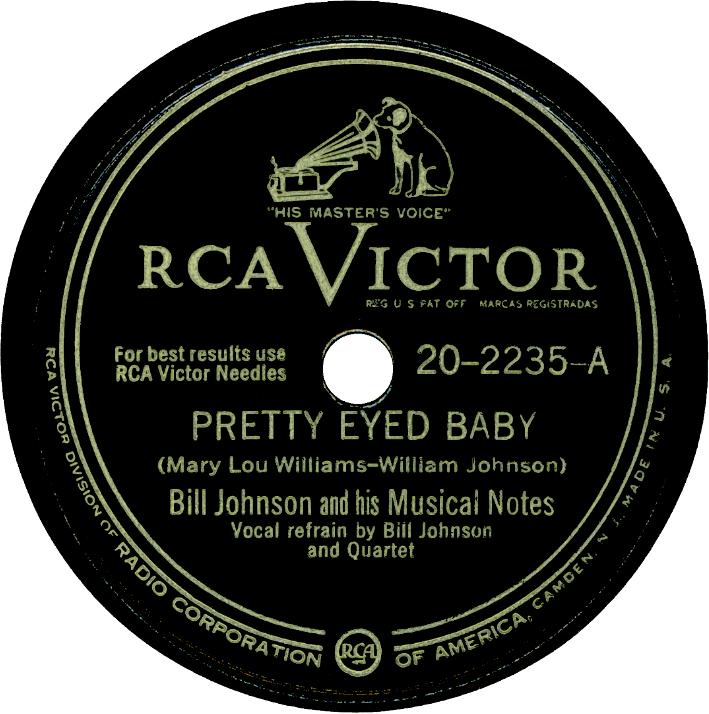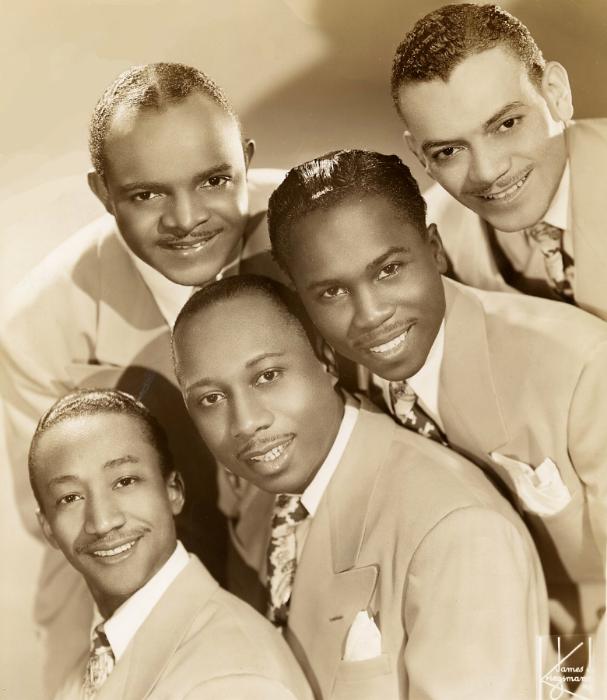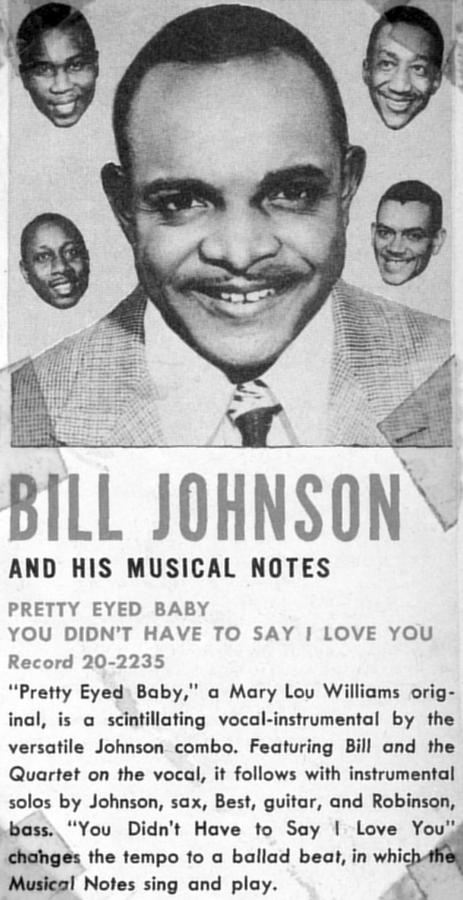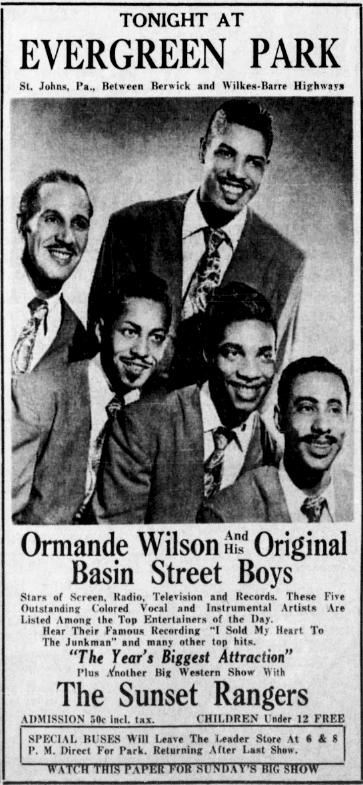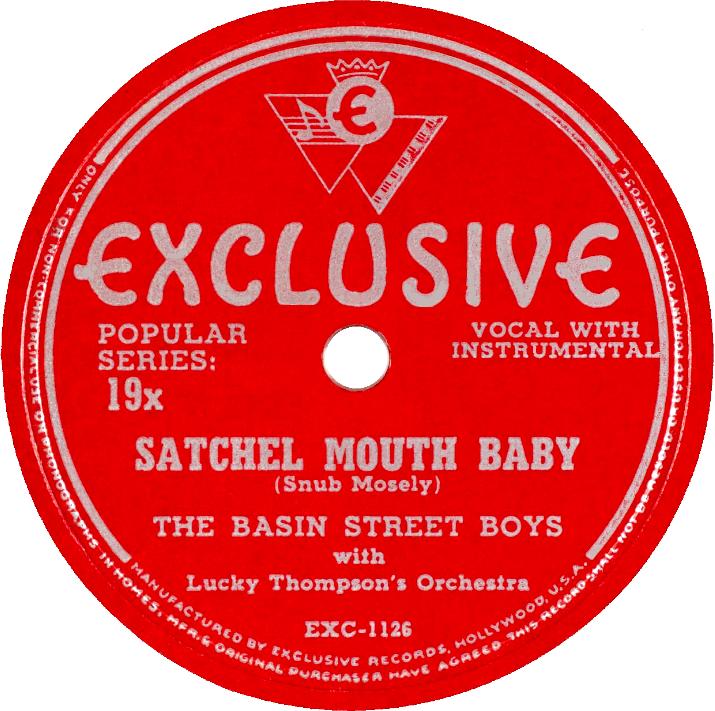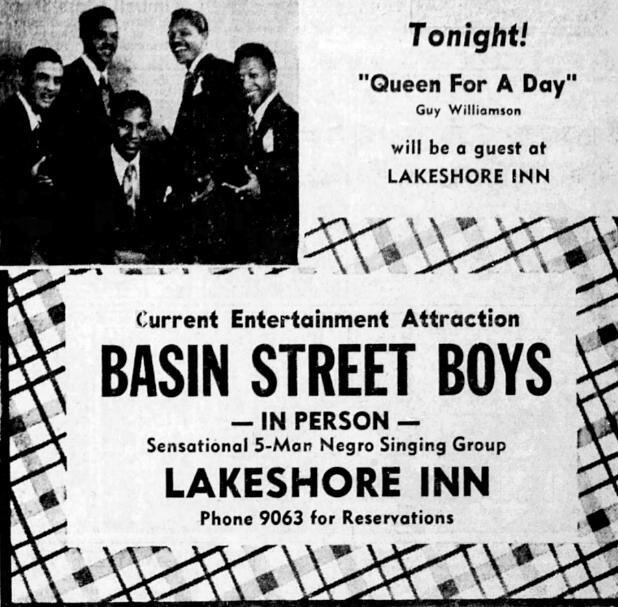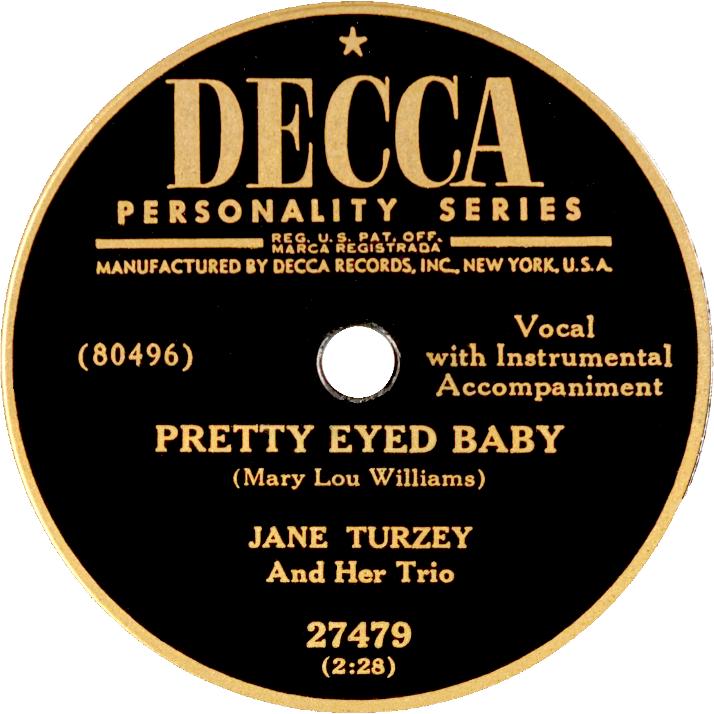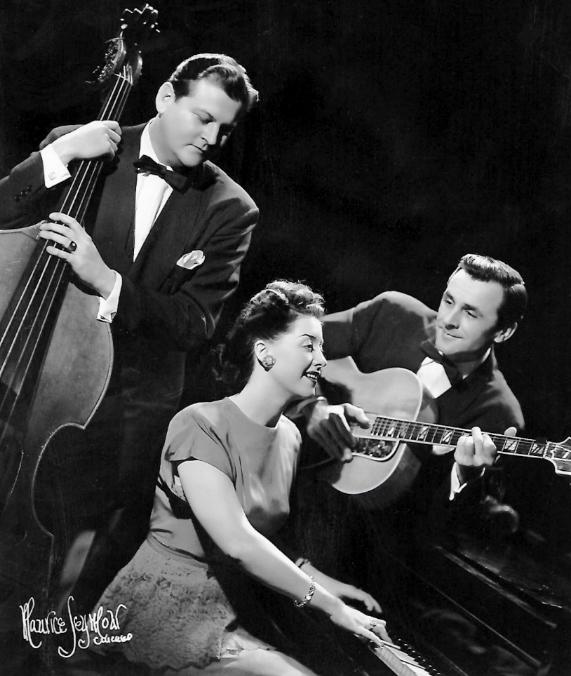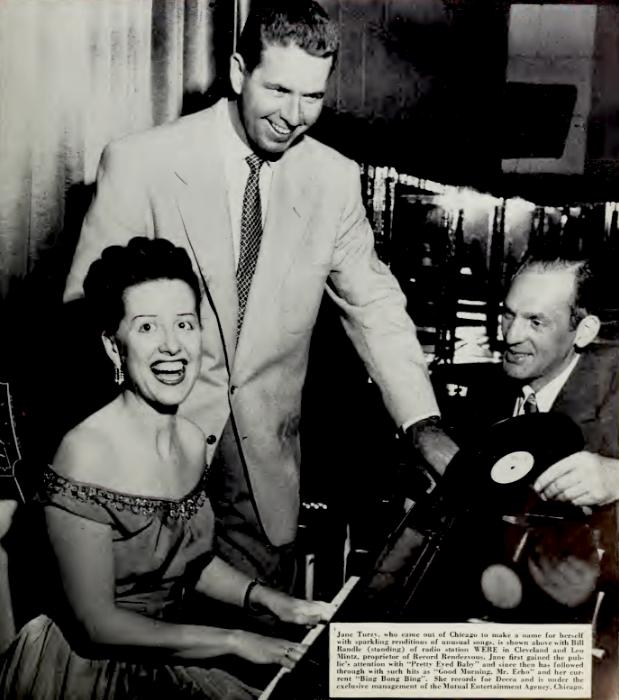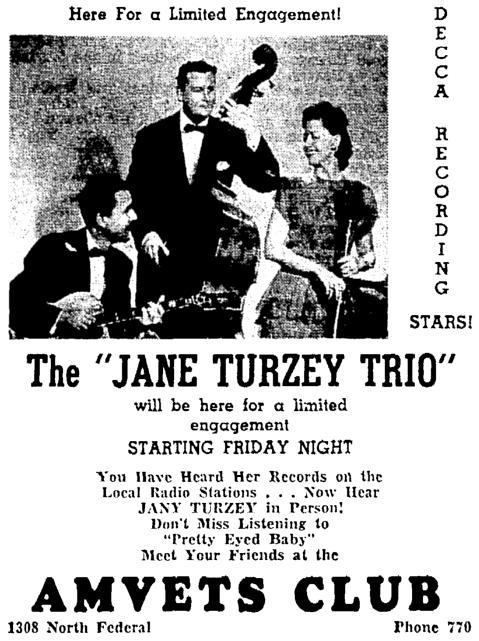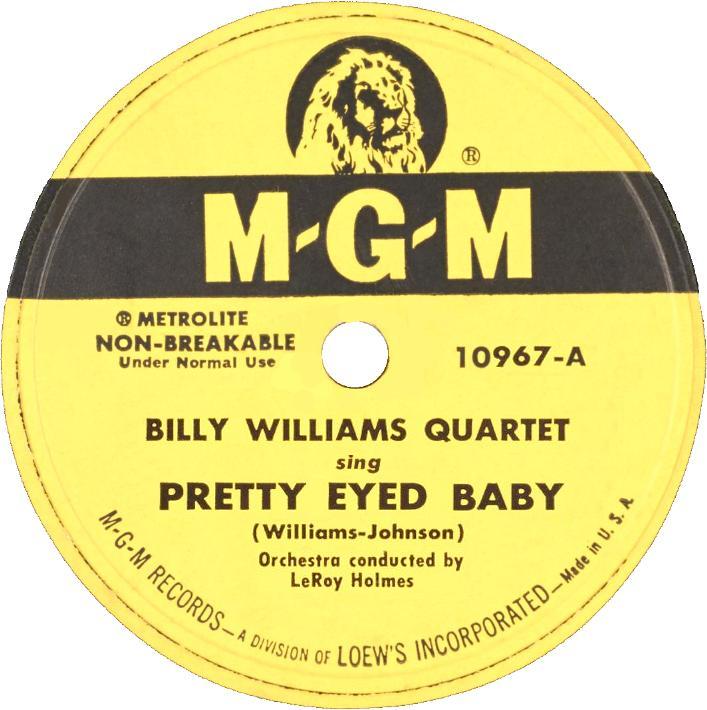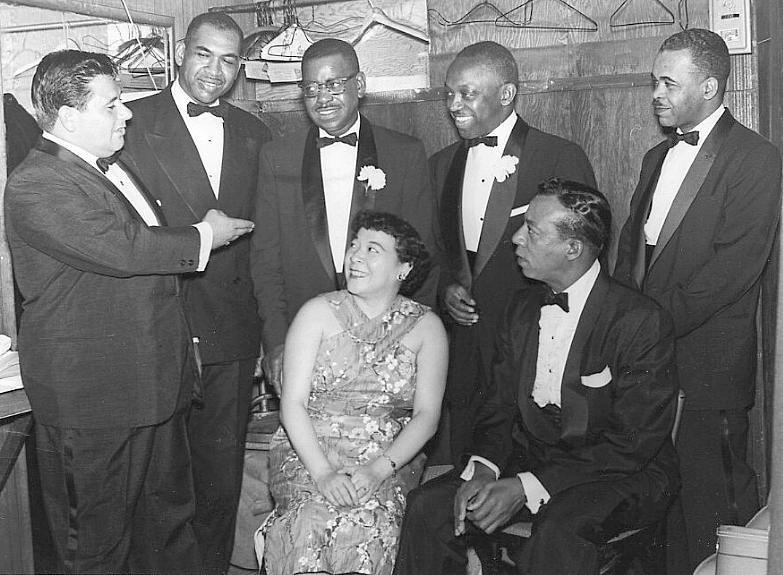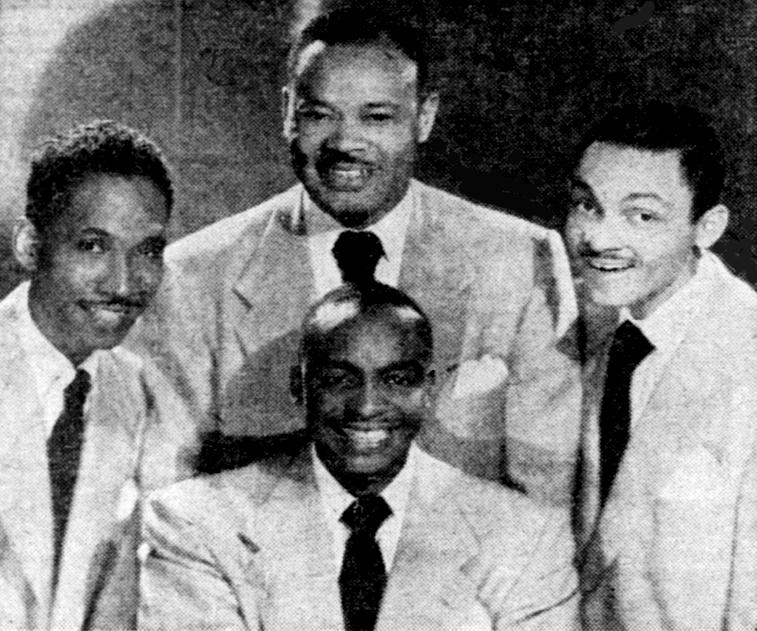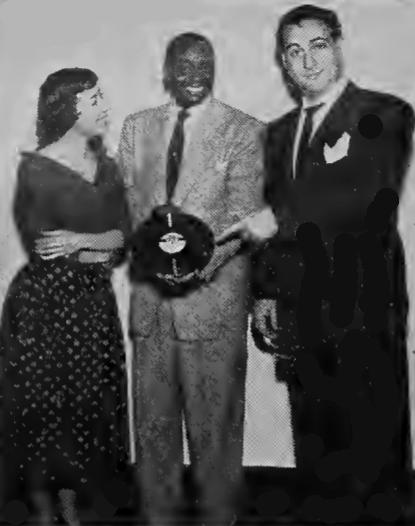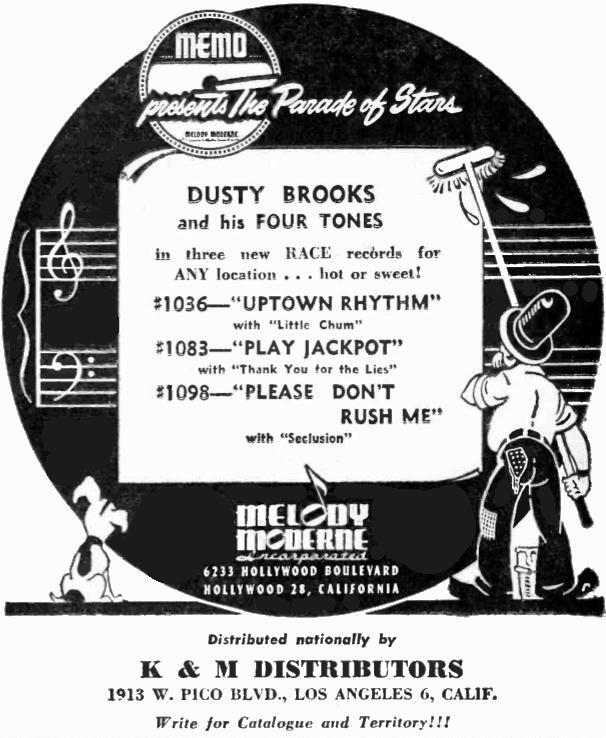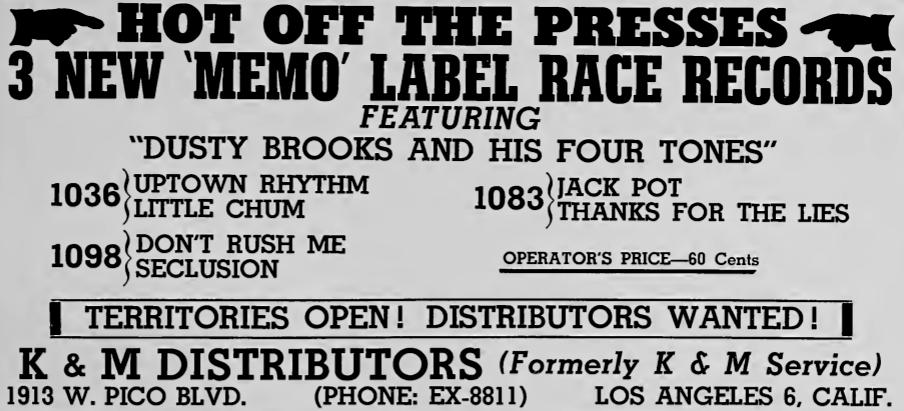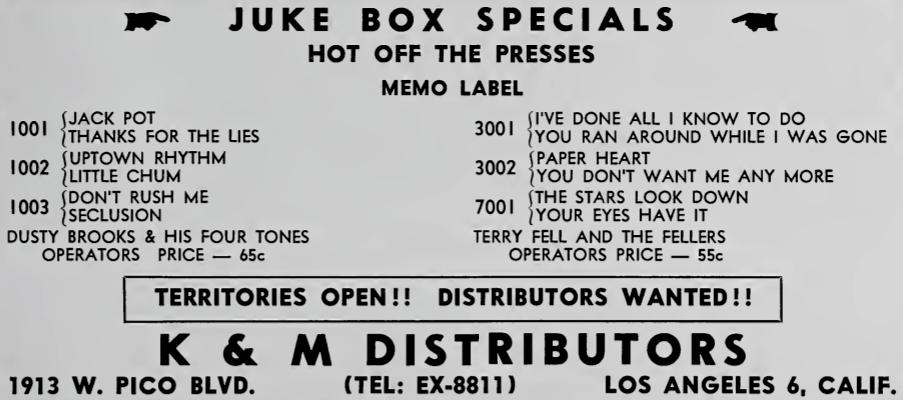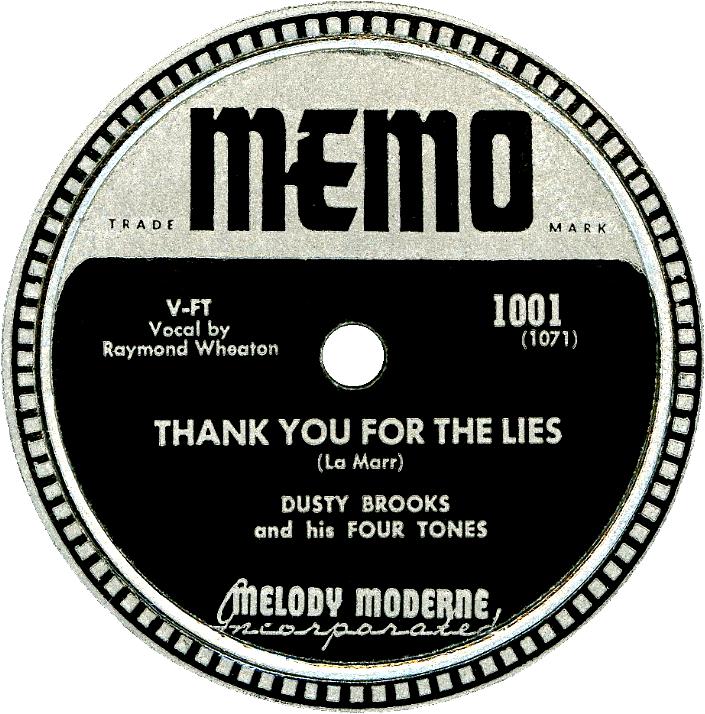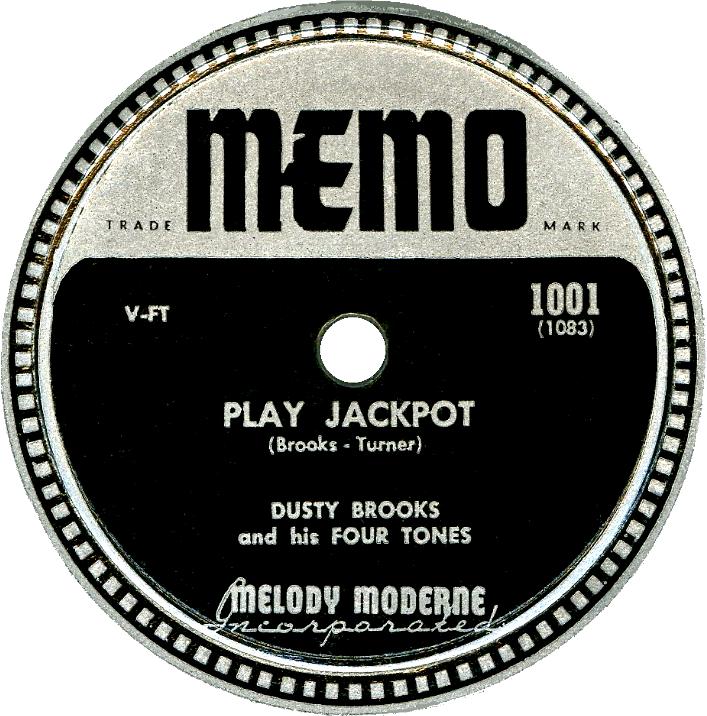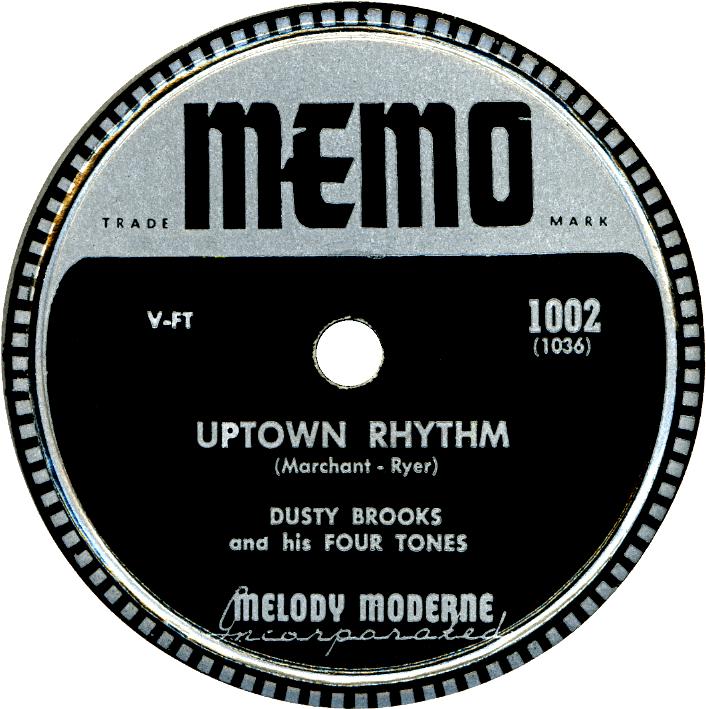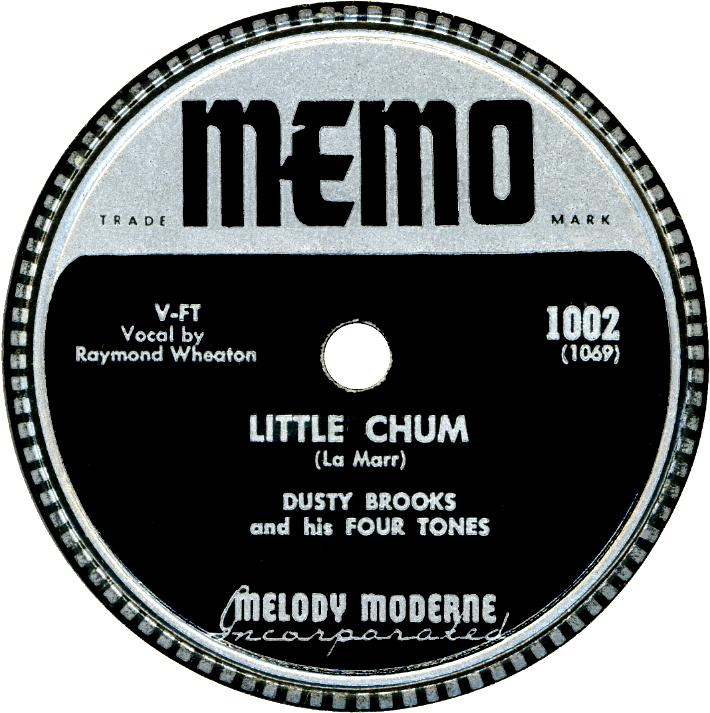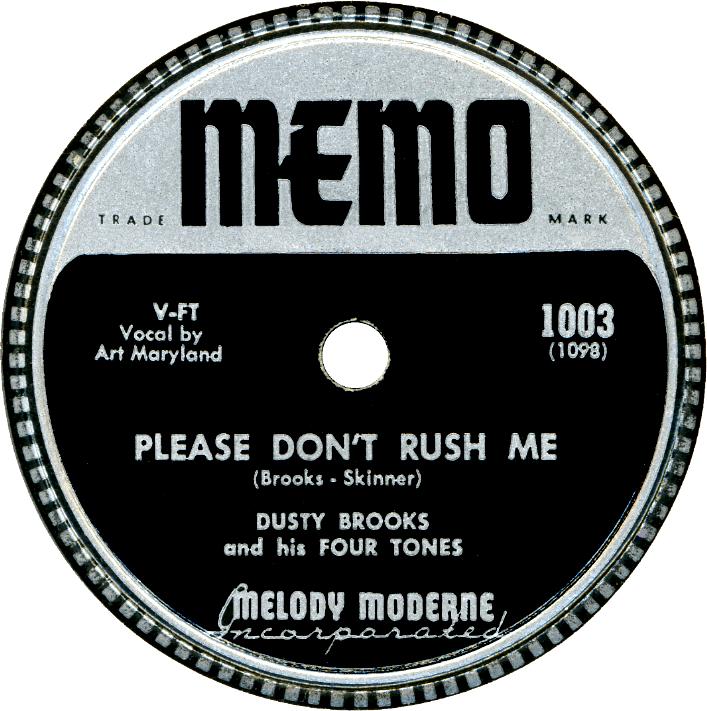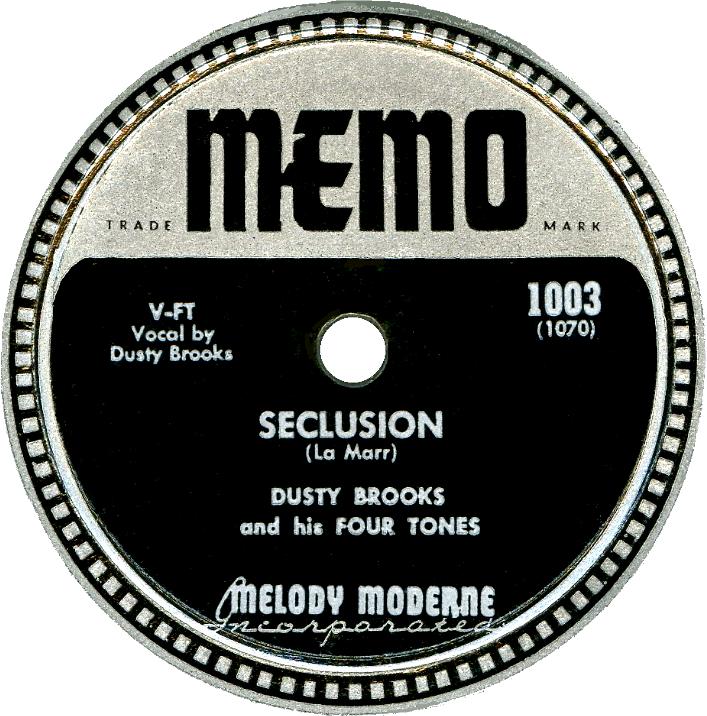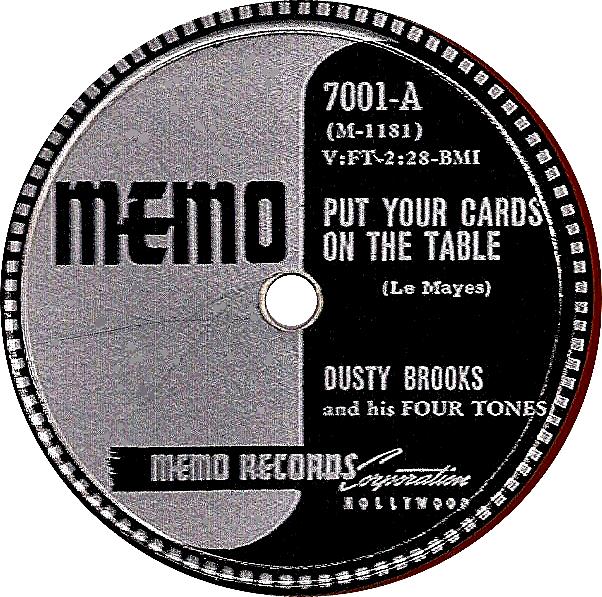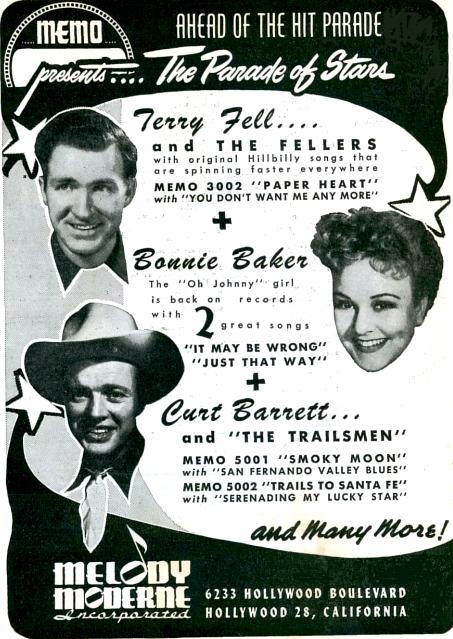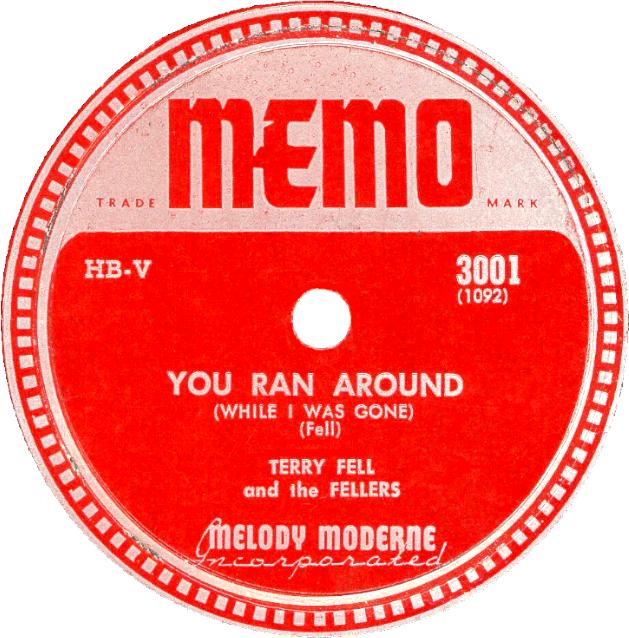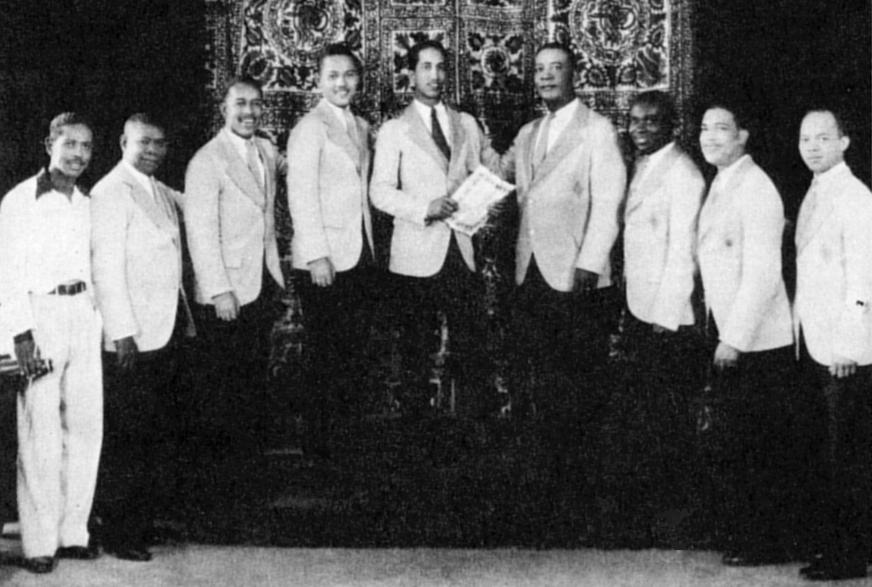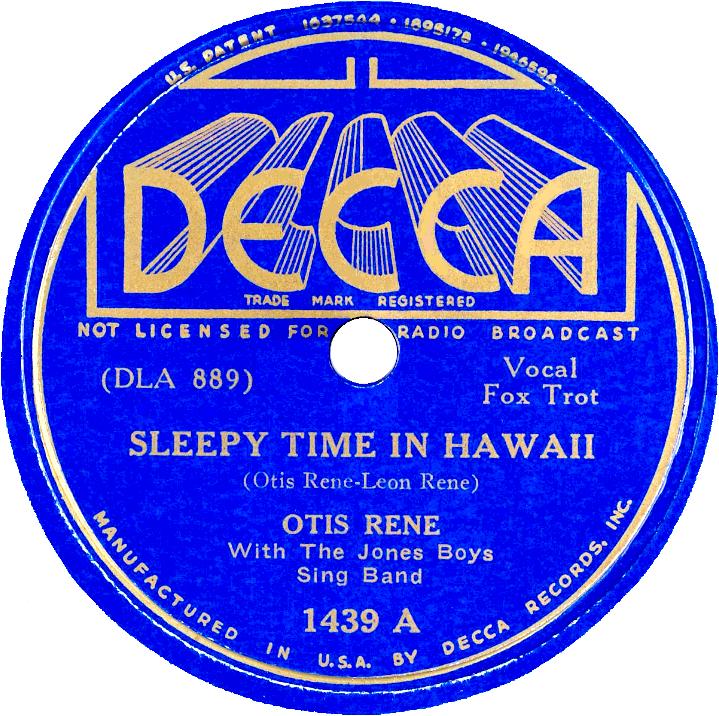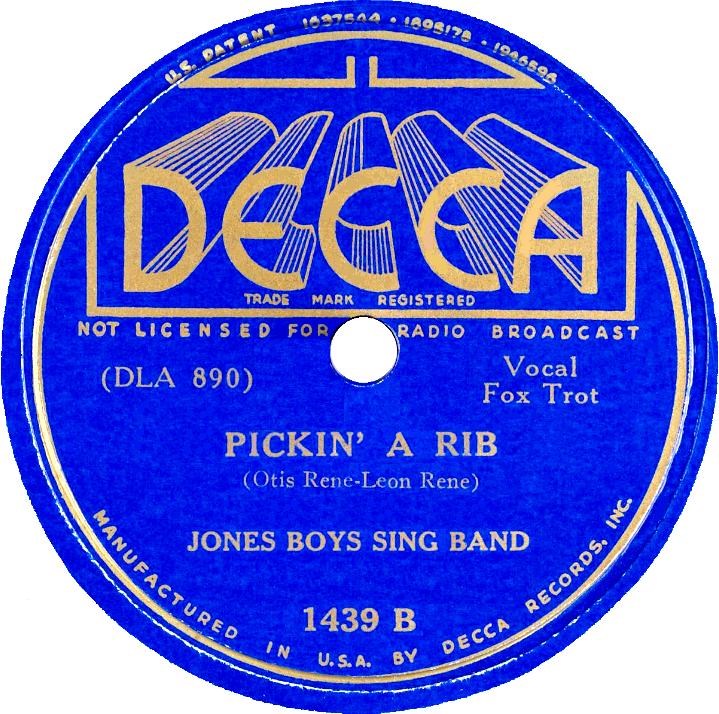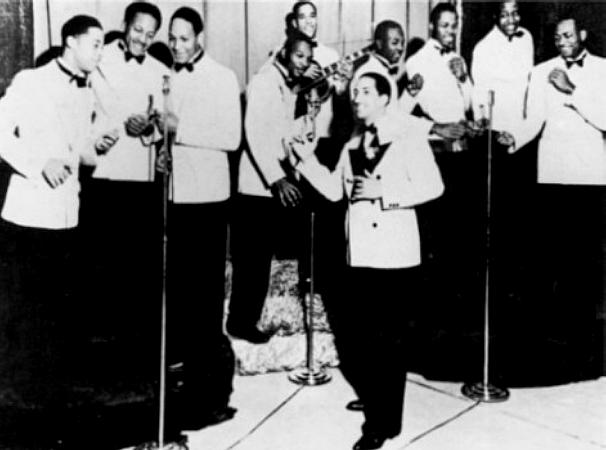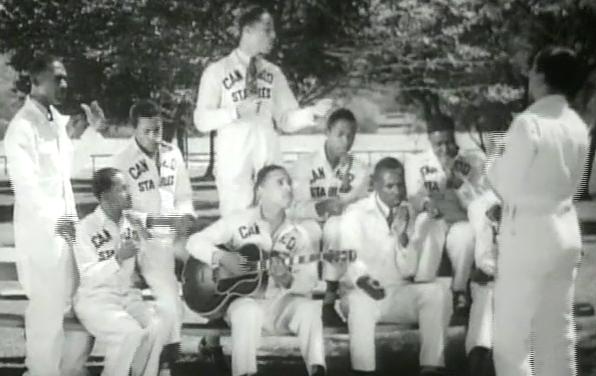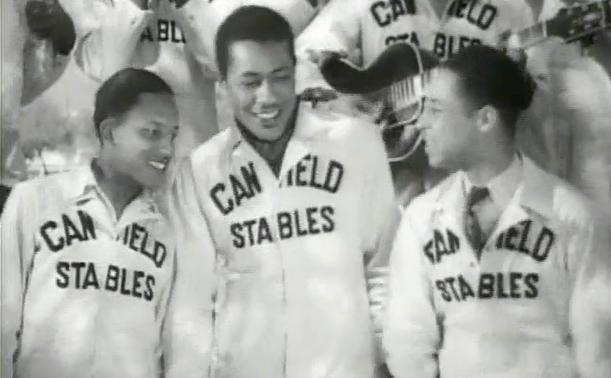|
CALIFORNIA EAGLE, October 3, 1940: WRITERS BLAST OPERATORS OF JUKE-BOXES
Charging that local song writers and orchestras are being
shamefully discriminated against
by operators of local coin phonographic machines, Ceelle
Burke, artist-orchestra leader,
and Leon René, composer of the
hit tune "When the Swallows
Come Back to Capistrano", yesterday laid their complaint before a
committee of the Sepia Theatrical Writers Guild, in an effort
to see their wares more profitably placed.
Burke, leader of the orchestra
currently at the Bal Taborin club,
that bears his name, is rated one
of the year's "surprise artists",
and his band given top rating
along with other nationally famous orchestras because of its
sweet swing and style versatility. It is the only band in America that sings in both Hawaiian
and Spanish tongues.
It was the tune by René, and
the playing by Burke’s orchestra, that was the cause of the
"Swallows" number meeting
with such instantaneous national success. Two recent numbers
by Ceelle Burke, "They Tell Me
Hawaii Is Heaven" and "Trade
Winds", both Decca waxings, are
comparably equal to any sweet
numbers on the market. Yet, try
and get them on any of the various coin machines in the district,
they say.
Both Leon René and Ceelle
Burke, although having national reputation, are local lads. With the
Burke orchestra, when recording, almost always appear the
famed sepia female quartet, the Rhythmettes. They are identified as Audrey Flowers, Margurette Stubb, Flossie Moody, and
Fanny Bond.
The latest recordings by Burke
and his orchestra, which are set
for an early release, are "South
Sea Island Heaven", "Here`s
Hoping", "There's A New Plantation", and "One Word of Love".
René collaborated with Burke on most of these latest tunes.
NOTE: Another article in the same edition of this newspaper gives the names of The Rhythmettes as: "Audrey Flowers, Fannie Barnes, Margaret Stubbs, and Flossie Moody.]
AFRO-AMERICAN, December 21, 1940:
CEELLE BURKE is the newest sensation in music circles on the Pacific Coast, who is the leader of the orchestra which plays nightly at the Bal Tabarin and which was the first aggregation to record Leon René's hit tune, "When The Swallows Come Back To Capistrano".
CALIFORNIA EAGLE, October 9, 1941: CEELLE BURKE HELD OVER AT ALABAM THEATER CAFE
Ceelle Burke and His Bal Tabarin Orchestra have been held over for the popular Sunday Afternoon Matinee at the Alabam Theater Cafe [located in Los Angeles], because of the large crowd demanding that he be returned according to an announcement by Curtis Mosby, genial owner and operator of the Central Avenue fun spot.
Burke brings a new style of rhythm to the afternoon matinee devotees and has proved to be one of the most popular bands to ever play this series. His eight piece band features Hawaiian, South American, and popular rhythms and has lifted the dancing patrons to realms of delight.
THE BILLBOARD, May 22, 1943: CEELLE BURKE (Reviewed at Bal Tabarin, Gardena, California.)
CEELLE BURKE is one Hawaiian guitar player who came by the instrument naturally. Starting in the South Sea Islands nearly twenty years ago, Burke has always been associated with music in which this instrument predominates. Here at the Bal Tabarin he has modernized his dance rhythms, but his guitaring retains the authentic South Sea technique.
Burke's outfit of eight pieces, including himself, uses instrumentation of three reed, one brass, and three rhythm. Jimmy Sneed gives out with the hot stuff with his trumpet, Marvin Johnson is featured in the reed section, and Charles Evans plays good piano, his clowning on a par with his ivory tickling....
STAR TRIBUNE, July 18, 1943:
....CEELLE BURKE, not nationally known yet, but he will be soon. Burke is a talented Negro guitarist and vocalist who gets superb backing on "From Twilight 'Til Dawn" and "Lovely Hannah", both new ballads. Watch this disc—it's a sleeper!...
THE BILLBOARD 1943 MUSIC YEAR BOOK: CEELLE BURKE
Ceelle (pronounced See-el) Burke rates high as an emsee and guitarist. Burke's showmanship enables him to sense what Joe Public wants to hear. Starting with the Norman Thomas Quintet, Burke then worked with Curtis Mosbey's Blue Blowers.
He is rated as an authority on tropical music but is just as much at home with swing. For the past five years Burke has been appearing at the Bal Tabarin, Gardena, California. He is under the direction of Frederick Brothers' Music Corporation and his personal representative is Reg D. Marshall.
Recently Burke collaborated on a tune with Leon René, which has just been recorded by Capitol. Title is Lovely Hannah.
The Billboard "Week's Best Releases" (7/17/43):
CEELLE BURKE, THREE SHADES, AND FOUR DREAMERS — Capitol 136.... From Twilight 'Til Dawn
A smooth and romantic ballad offered up by a smooth band that is extra-rich in vocal talents makes this side an inviting number to capture the fancy of the phono fans. While the Ceelle Burke band has made its mark mostly on the West Coast, their record impression is designed to create enthusiasm all over the land.
The song employs the Tommy Dorsey technique of a celeste to sprinkle stardust over the voices of the rhythm choir, and it is mighty effective for this lush lullaby, which has already gained some circulation and should climb even higher on the strength of this side.
At Far Right: A still-shot of The Four Dreamers from The Marx Brothers' 1941 movie "The Big Store".
In this photo's version of The Dreamers, Ormonde Wilson (Basin Street Boys) is at the far left and Carl Jones
(Delta Rhythm Boys) is third from left.
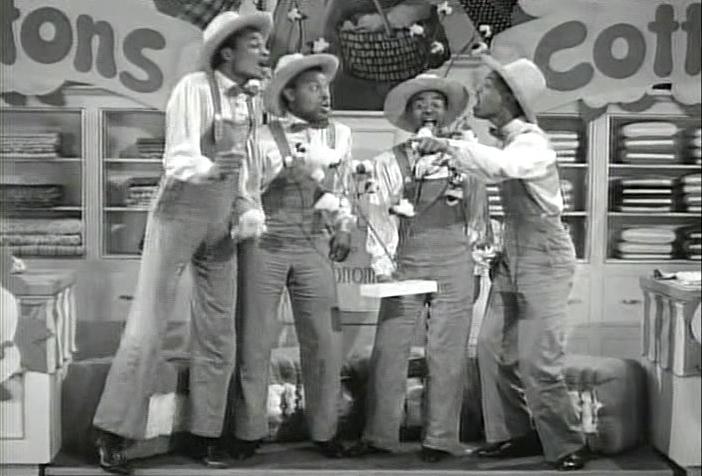
The Billboard Review (7/17/43):
CEELLE BURKE (Capitol 136).... From Twilight Till Dawn/Lovely Hannah
Long absent from the lists, the Capitol label resumes activities, with a number of new releases scheduled for this month. Of more than general interest is this pairing by Ceelle Burke's orchestra. While the accomplishments of the maestro are confined mostly to the West Coast, these samples are something to occupy the attention of any coast, principally because of their vocal richness and a well-defined and distinctive rhythmic beat that employs a bass guitar to make the toe-tingling incentives more pronounced.
Appeal of the platter is all in Leon René's "From Twilight Till Dawn", a sweet and soothing ballad that has the added advantage of a honey-dripping melody that catches on easily.
A singing maestro, possessing a pleasant baritone voice, Burke gets magnanimous vocal support from the Three Shades and the Four Dreamers, a mixed and finely-blended compliment of harmony singers.
Smacking of the Tommy Dorsey technique, celeste figures set the stage for the side, with the opening chorus carried real cuddlesome in the moderately slow tempo by all voices, the celeste continuing to sprinkle flashes of doubling up the tempo, leads to the second stanza that gets under way with the broad tones and tasteful phraseology of the tenor saxist.
The voices pick it up at the bridge again, carrying it out to the end with the celeste. And for added gloss to the polish, voices tag a toothsome coda passage. It's all mood-inspiring music romance at its best.
Johnny Burke's and Leon René's "Lovely Hannah" sounds all the more impressive as a rhythmic ditty because of all these vocal talents. Beat off in a bright and fast tempo, the voices take it right from the edge to set the stage for their opening chorus.
A second stanza is split three-way between the tenor sax, piano, and muted trumpet. Voices again set their own stage for a third chorus to carry out the side, with maestro Burke getting in a vocal lick as the last word.
In spite of the fact that Ceelle Burke is an unknown quality for the music boxes, operators can almost be sure of this ringing the bell—and resoundly too—with his "From Twilight Till Dawn". The ballad has enjoyed some circulation and with this fine record impression, should be a real revenue producer for the phono networks.
(NOTE: The above reviewer seems to have liked this record more than a lot. It has to be one of the longest Billboard reviews ever!)
The Billboard Review (10/30/48):
CEELLE BURKE — Capitol 15255 [Reissue]....
From Twilight 'Til Dawn (79) Rather pleasant face which seems to have a race flavor to it. May mean something via the race location route.
Lovely Hannah (68) Ordinary sort of rhythm thing done rather well.
(NOTE: A ratings range of 40-69 was considered "satisfactory" and 70-79 was "good".)
| 